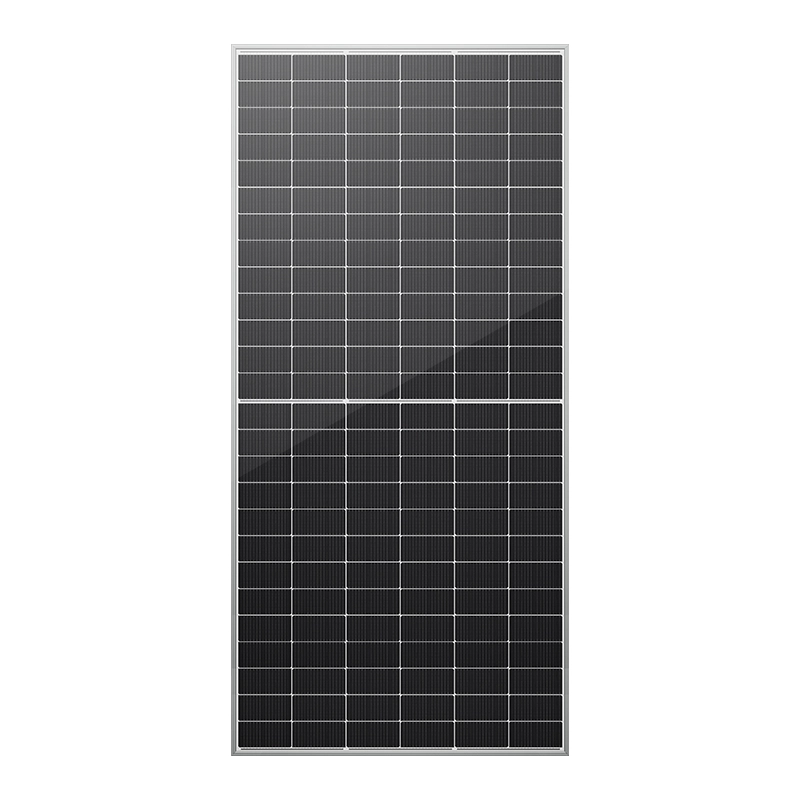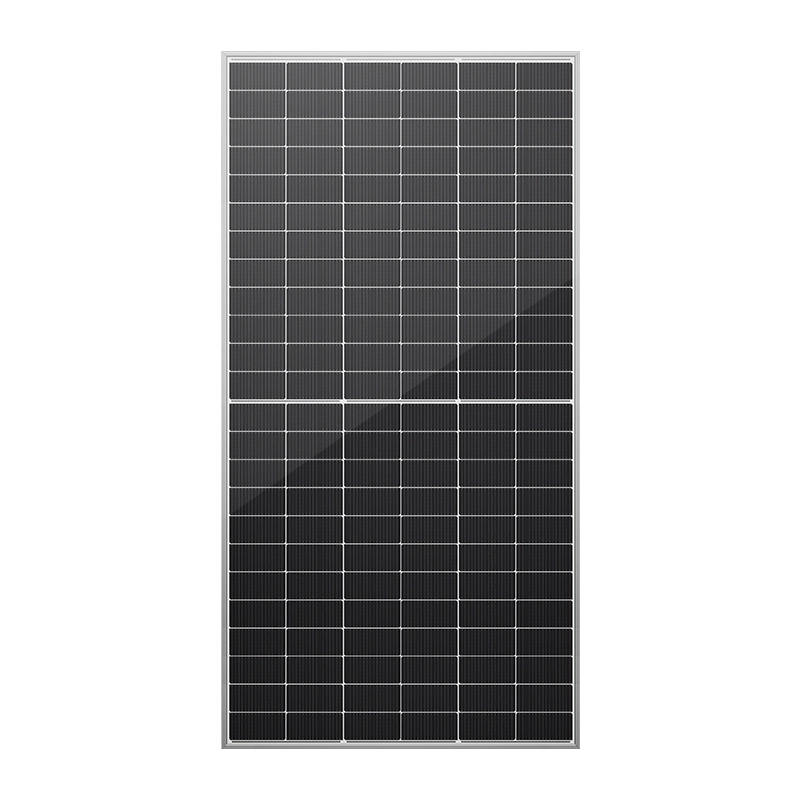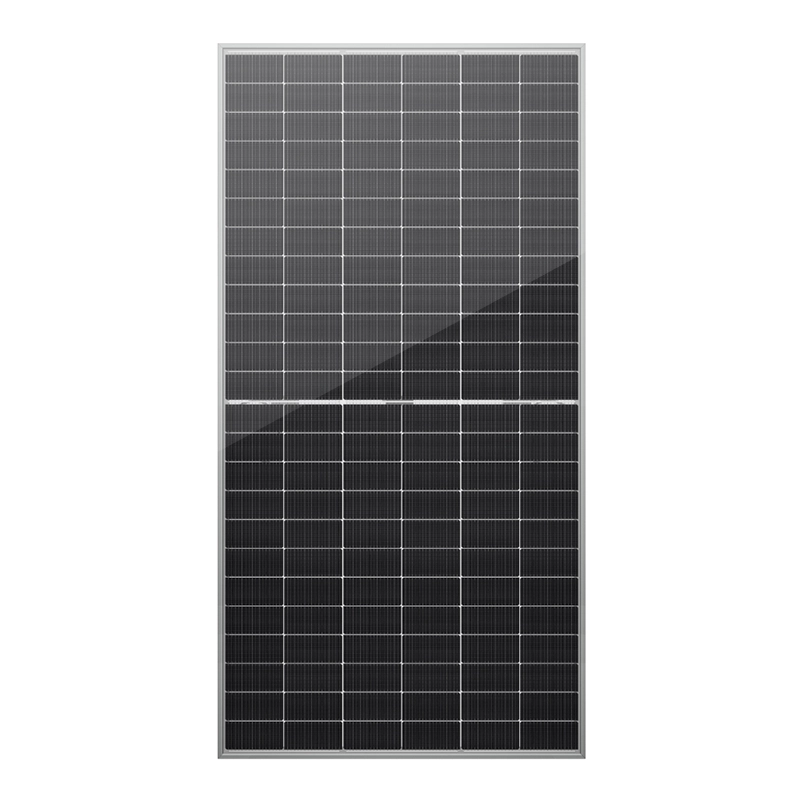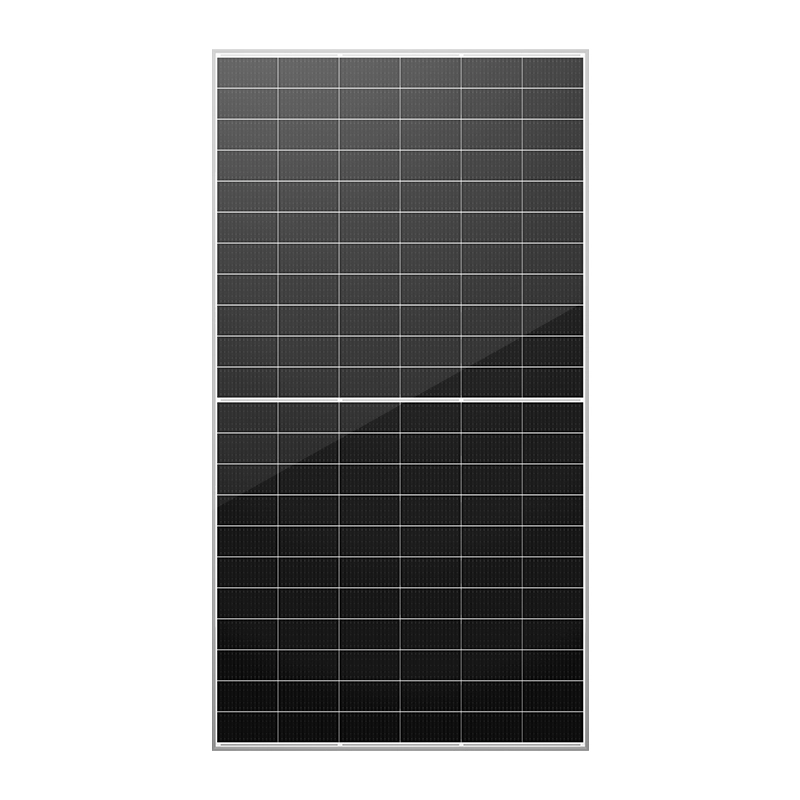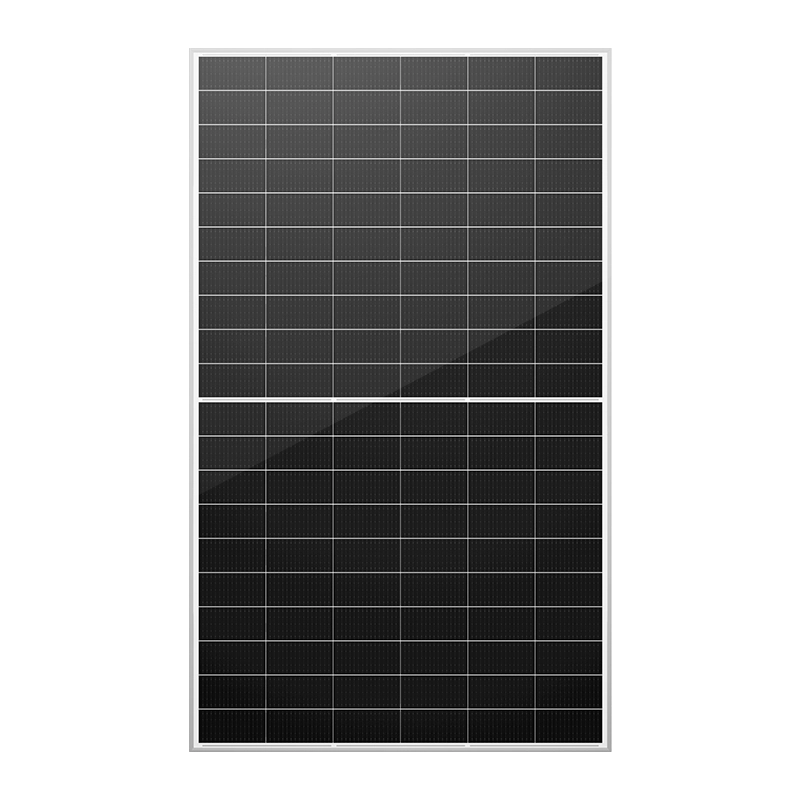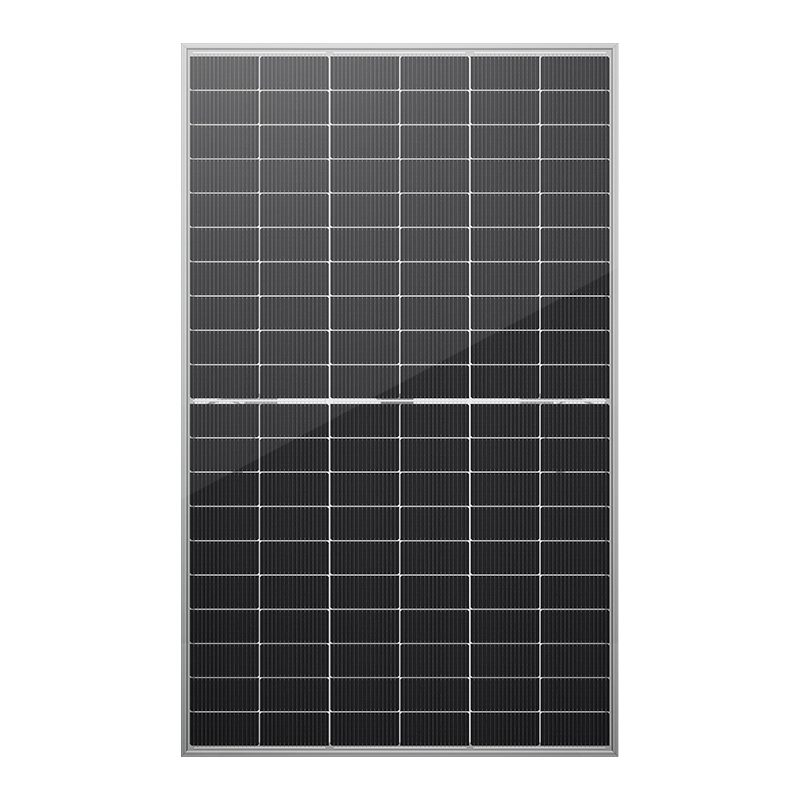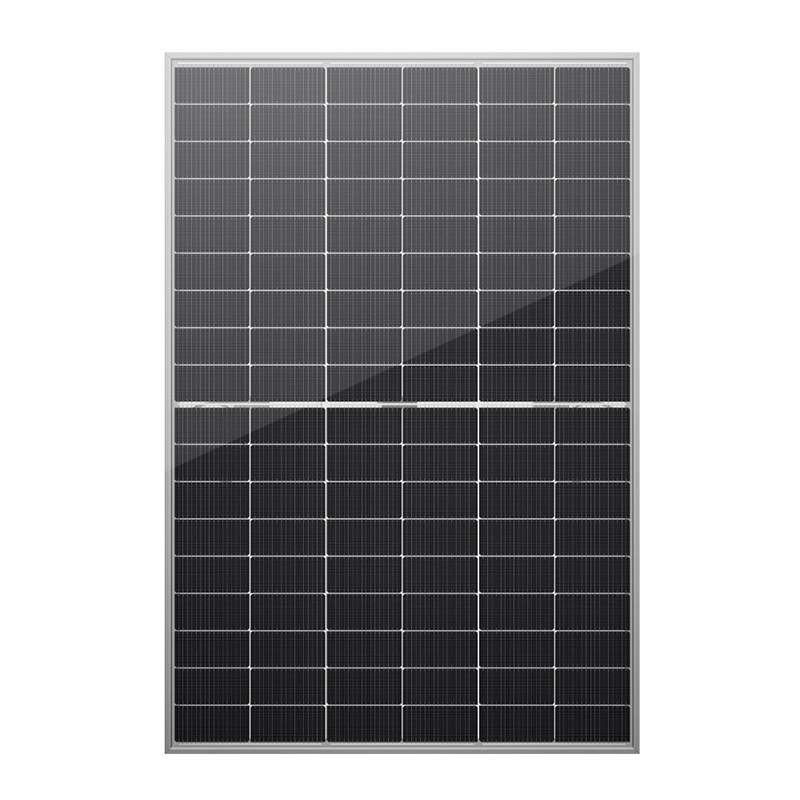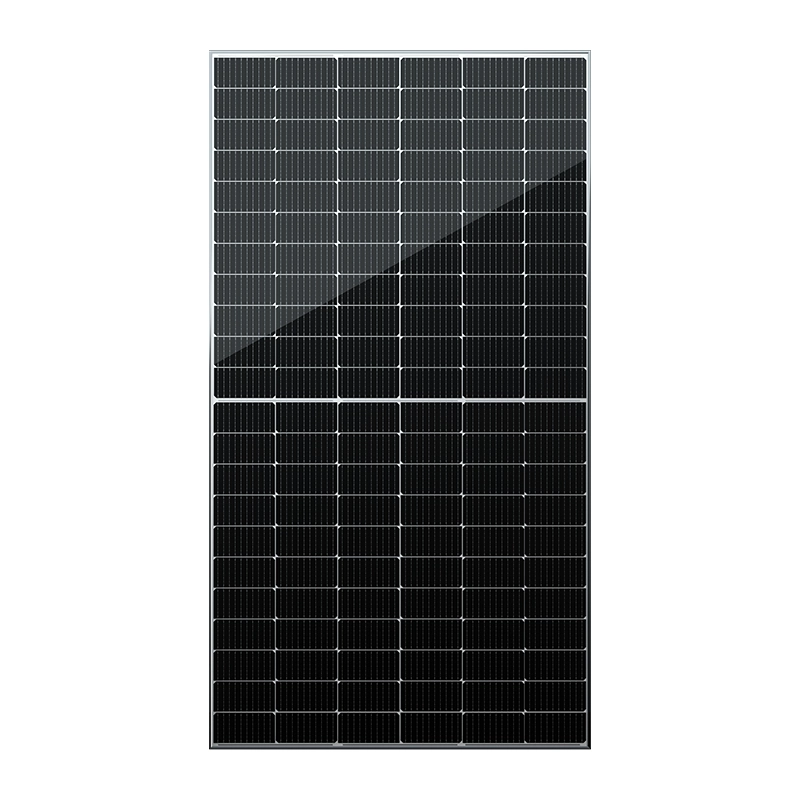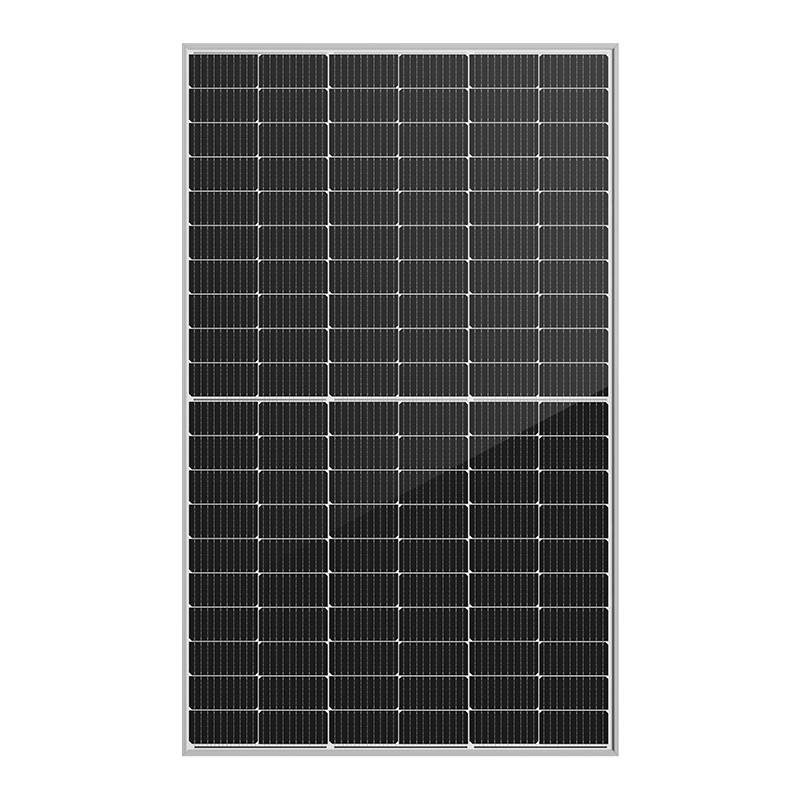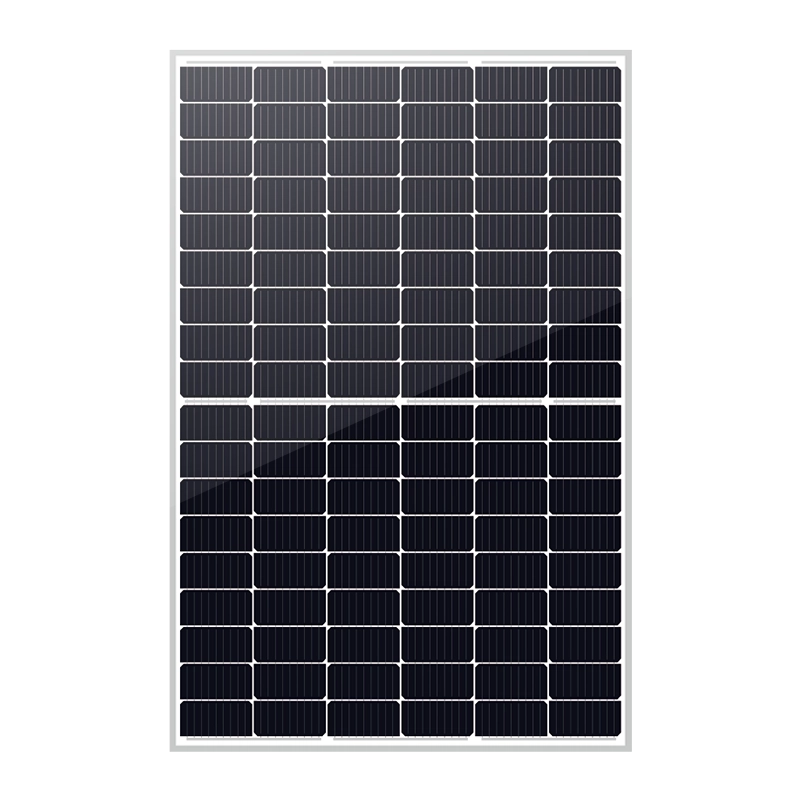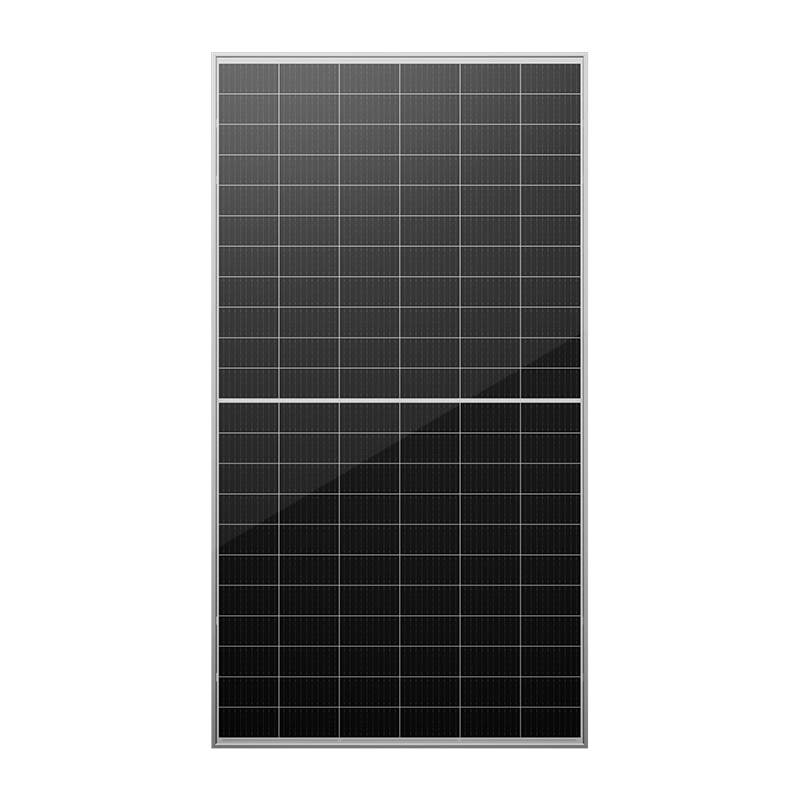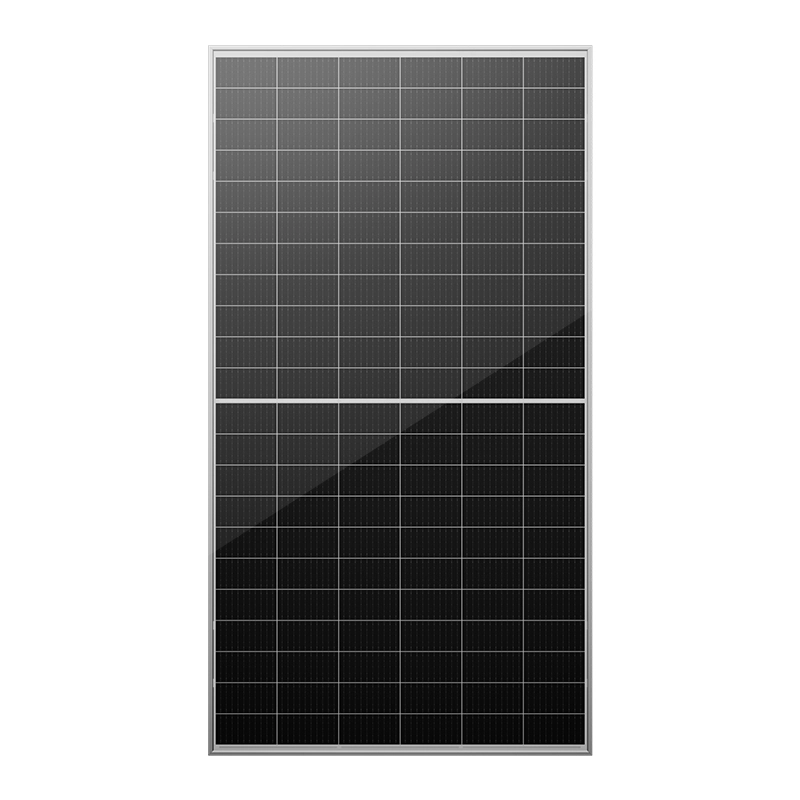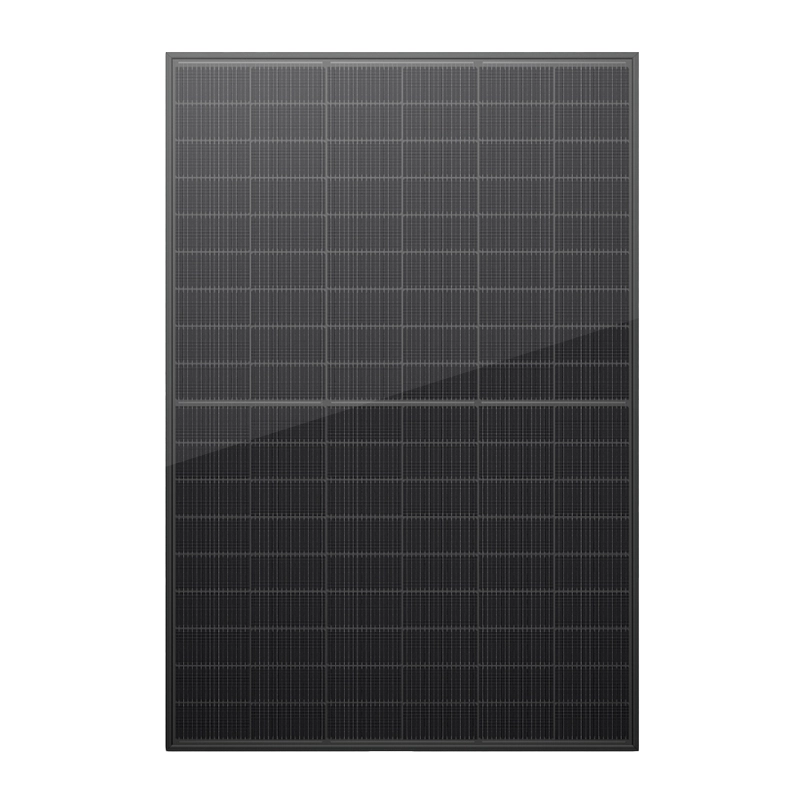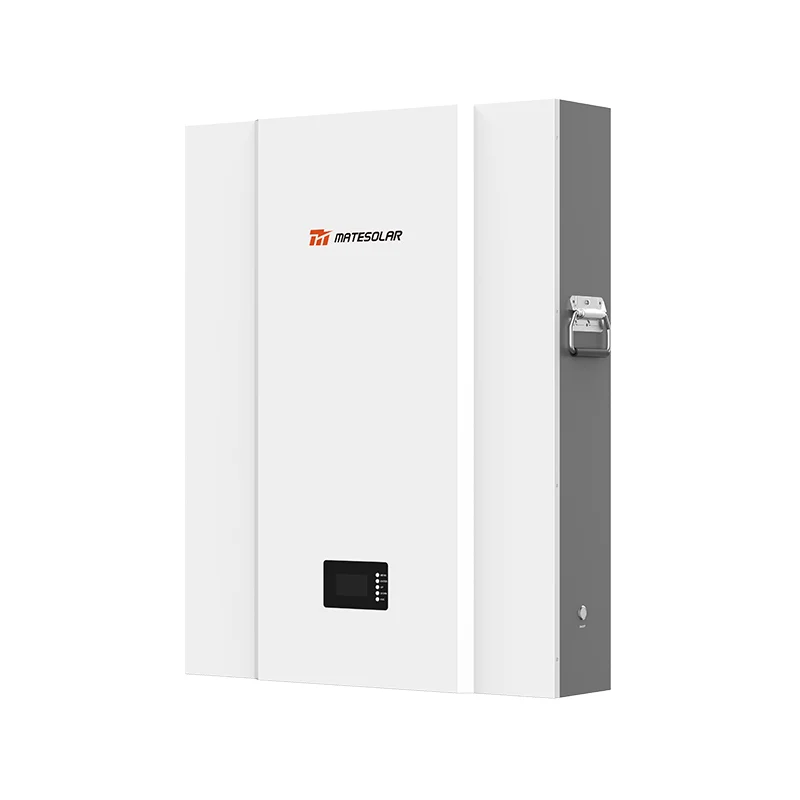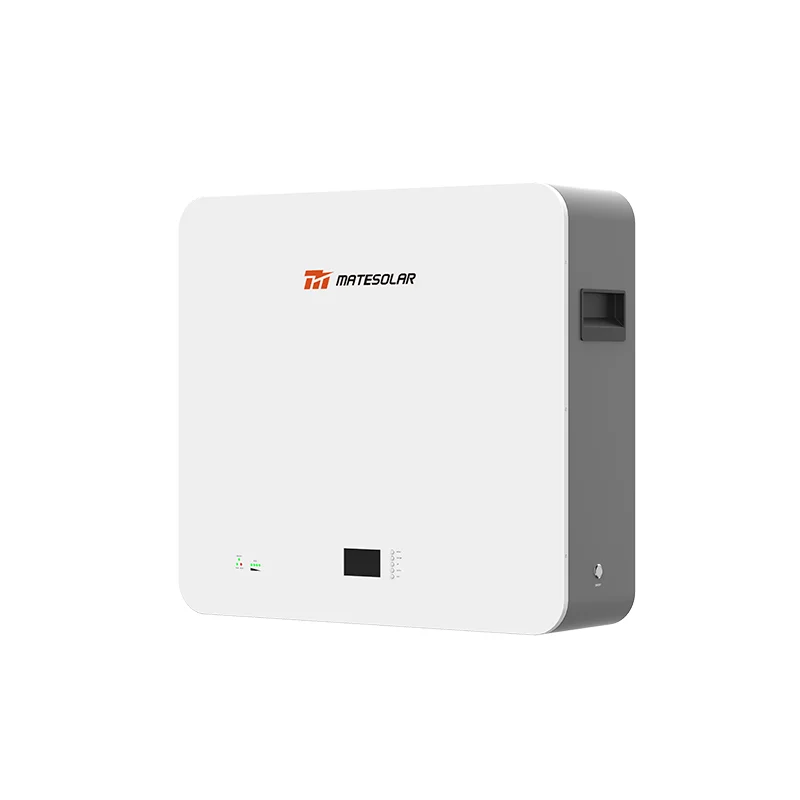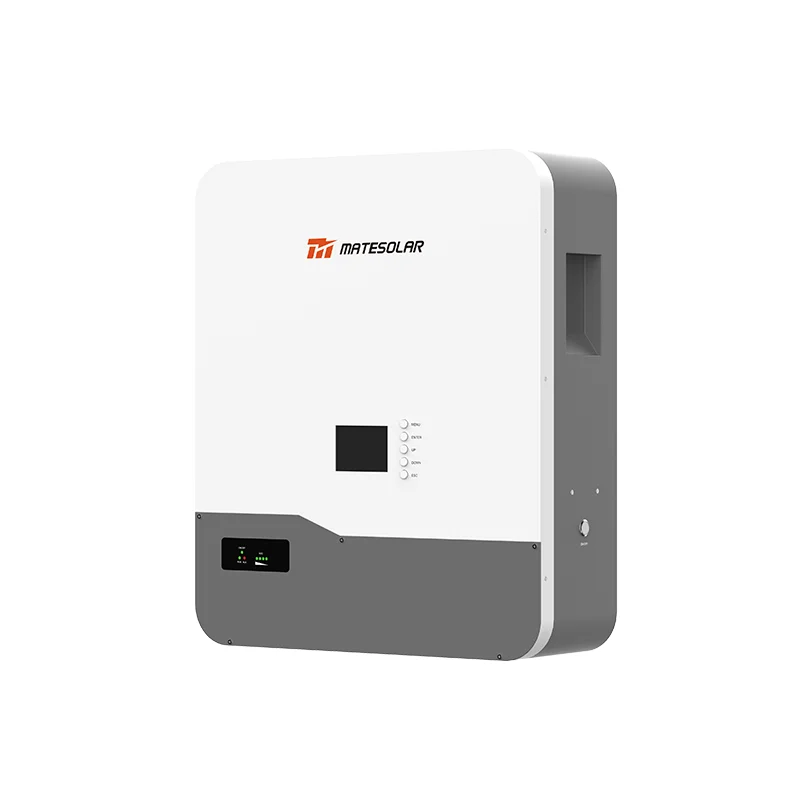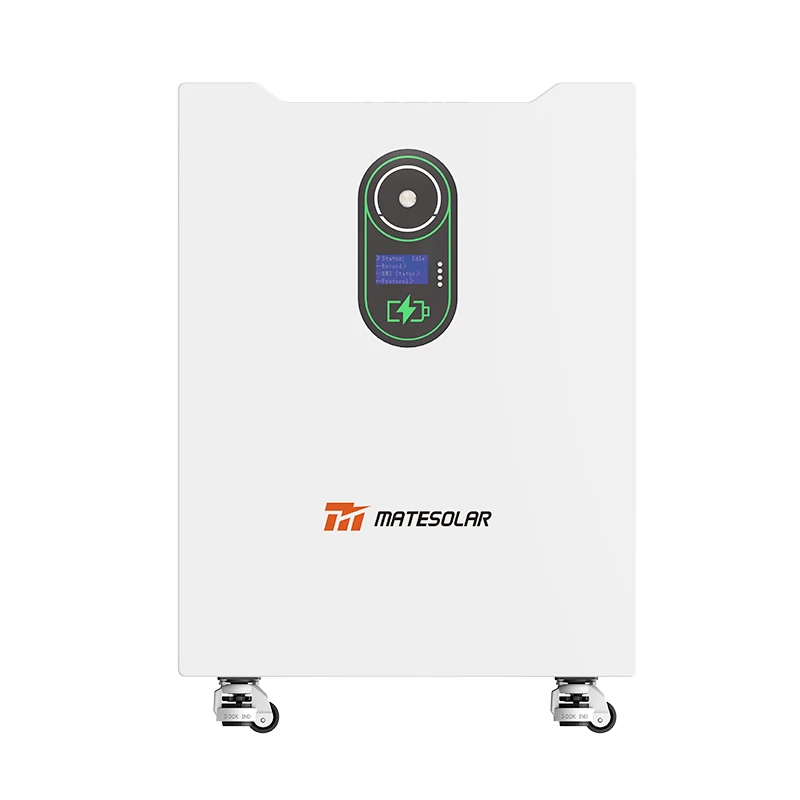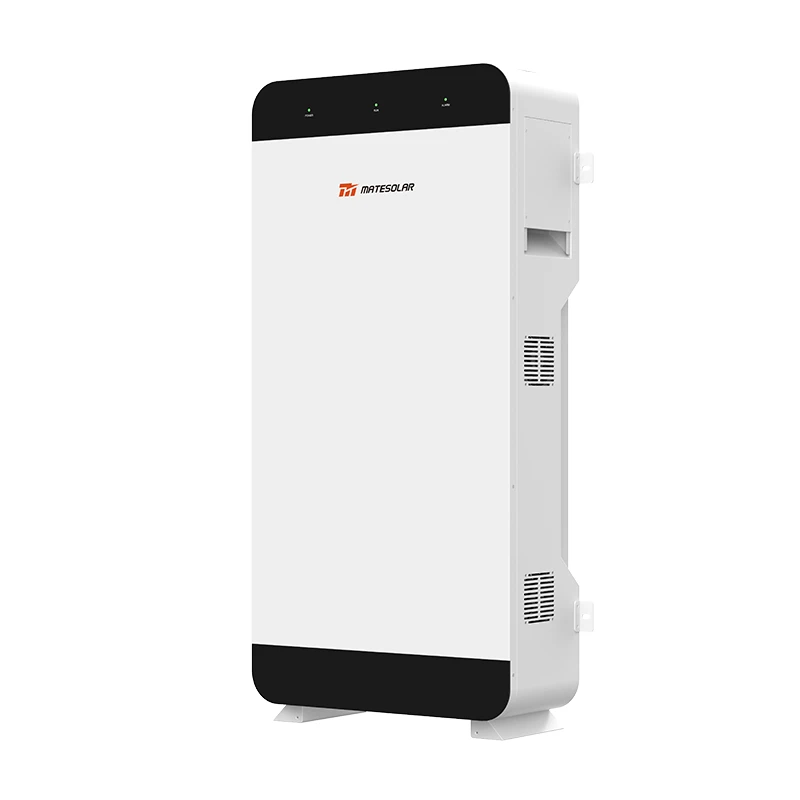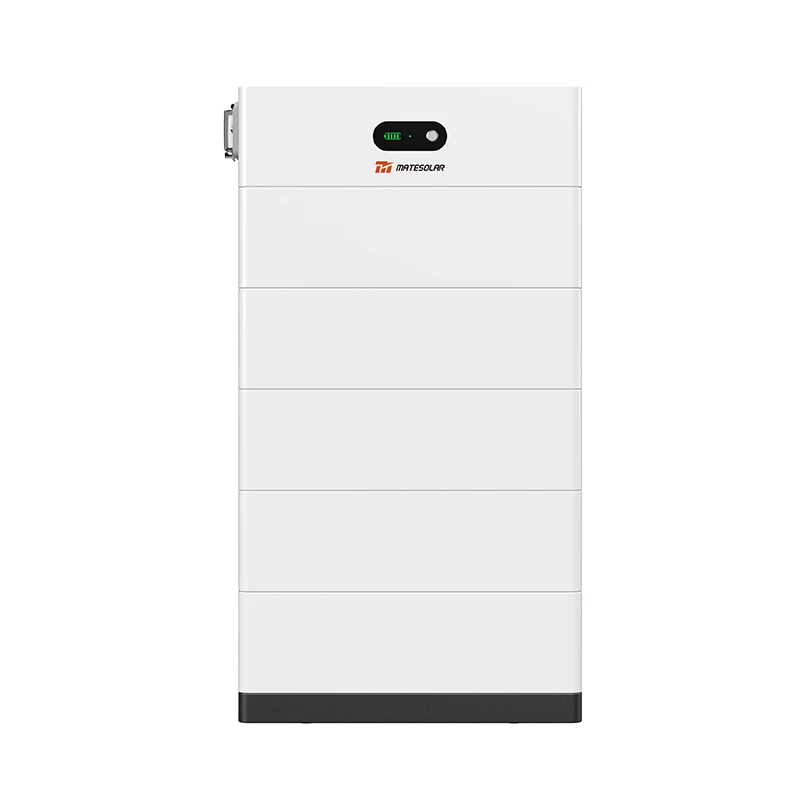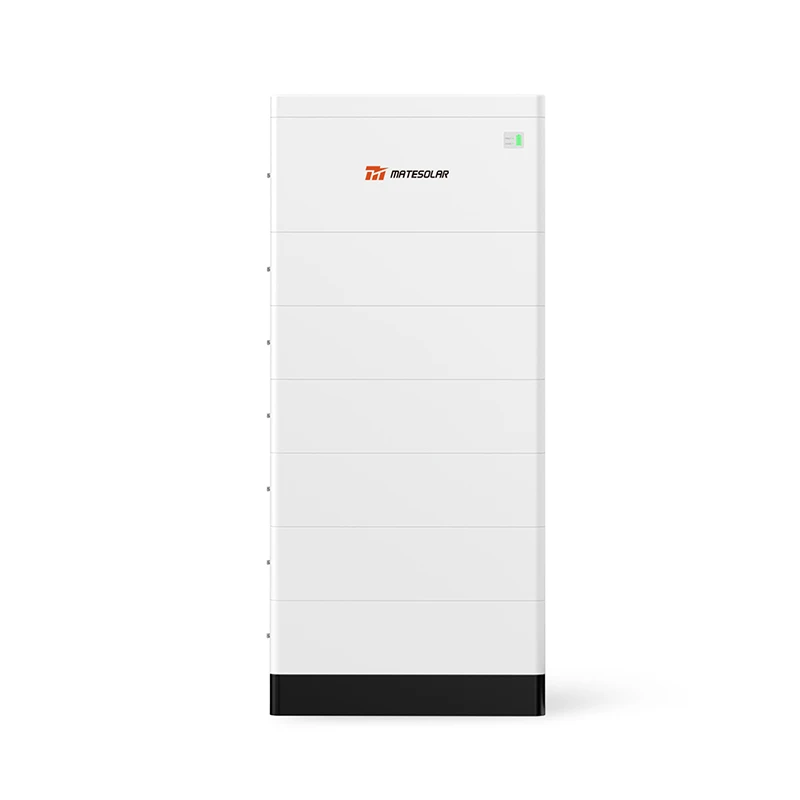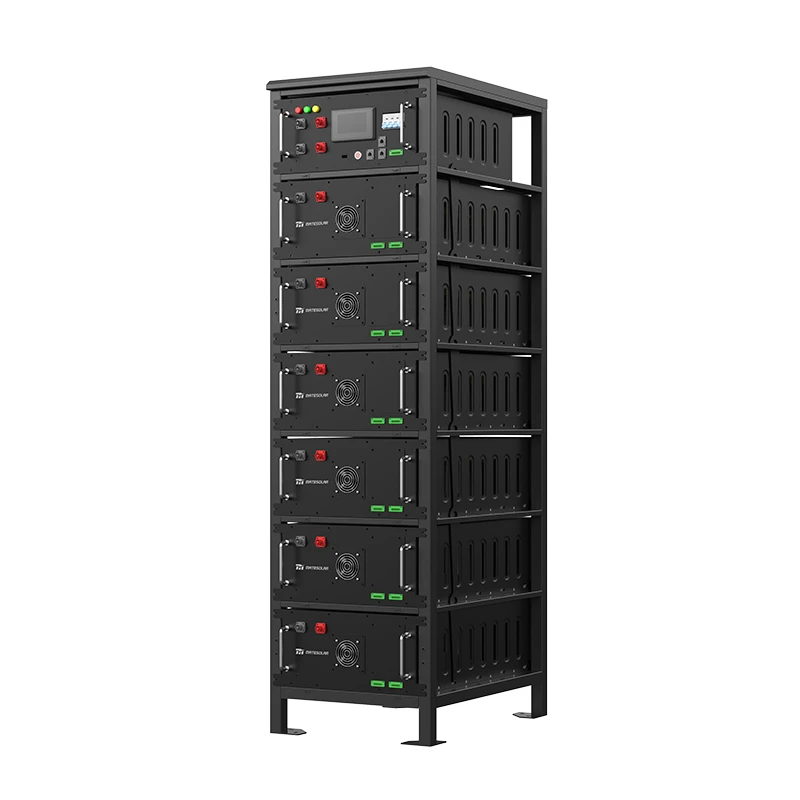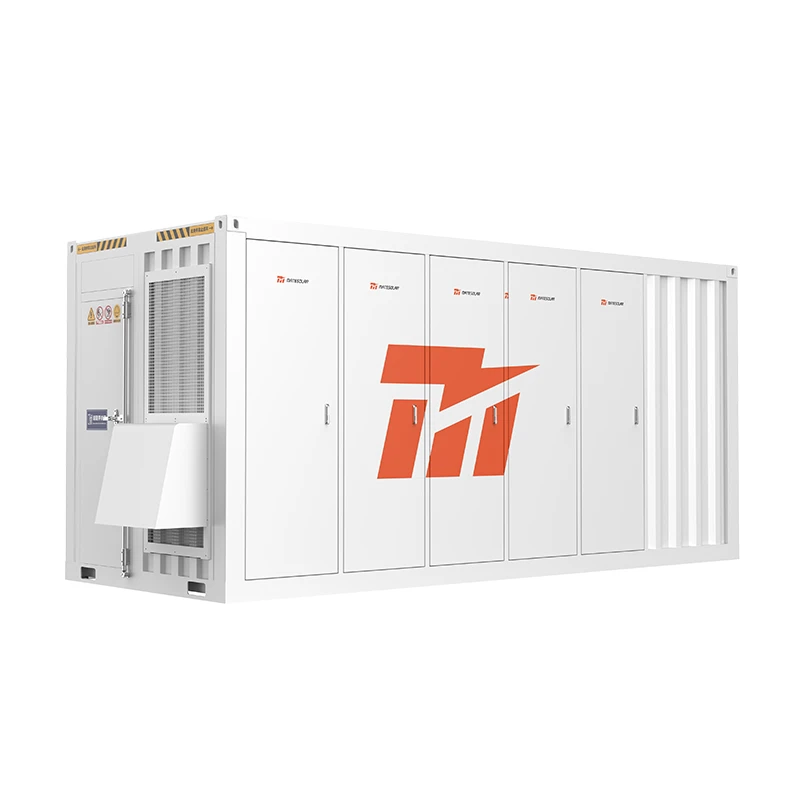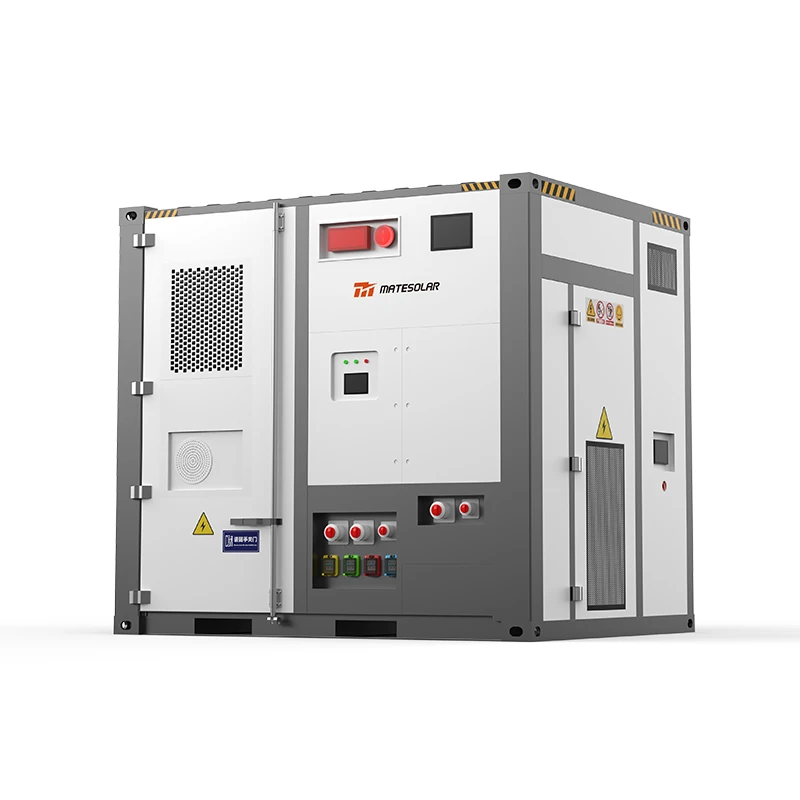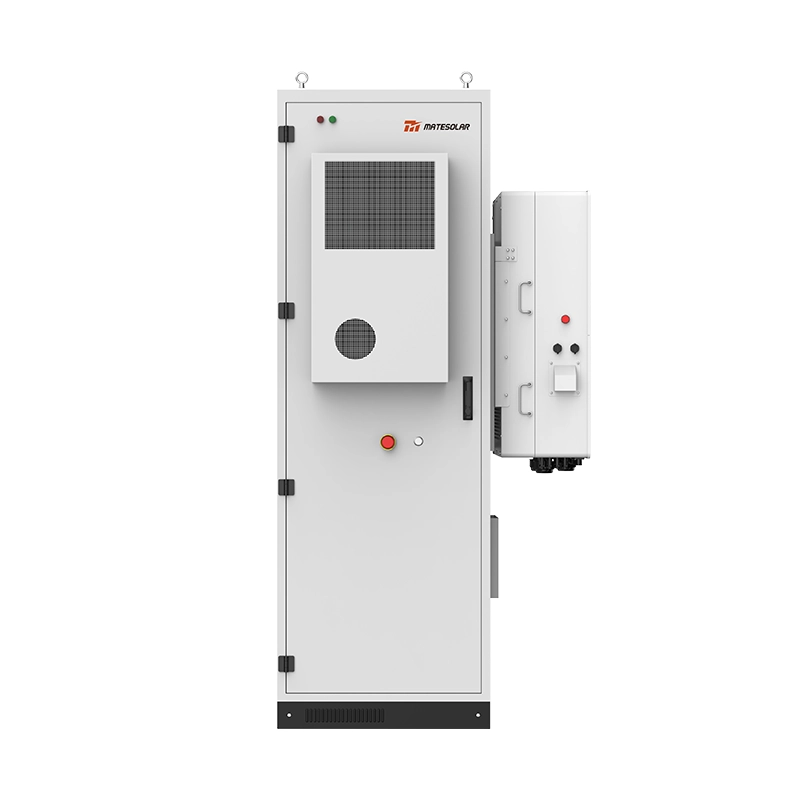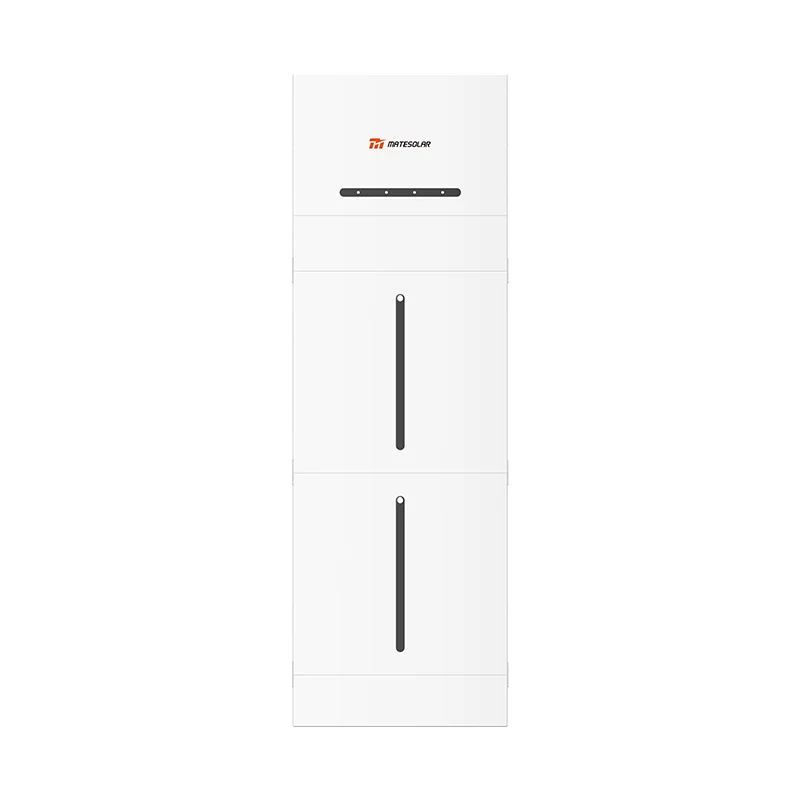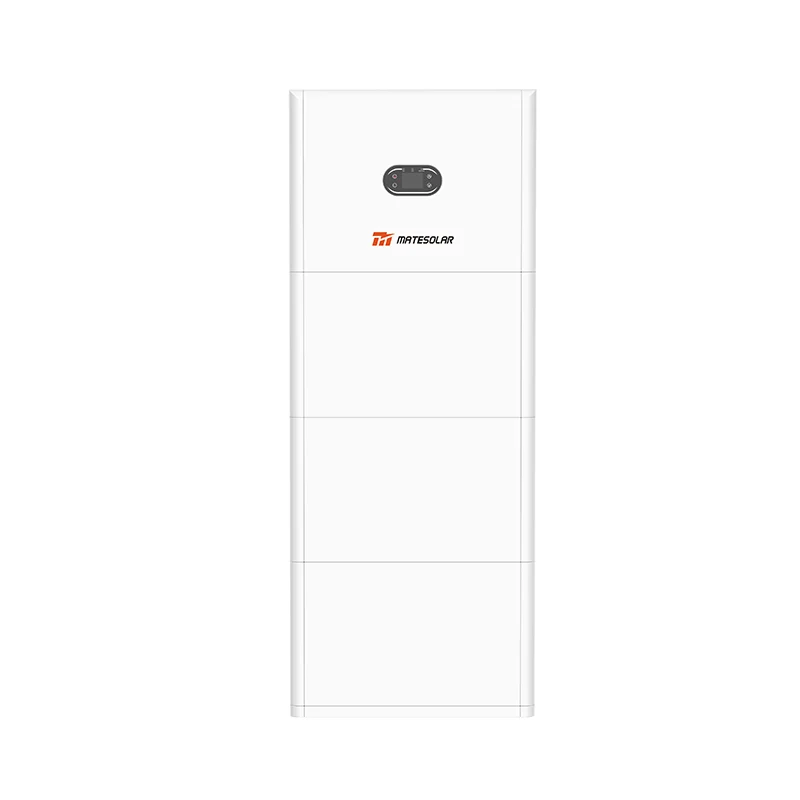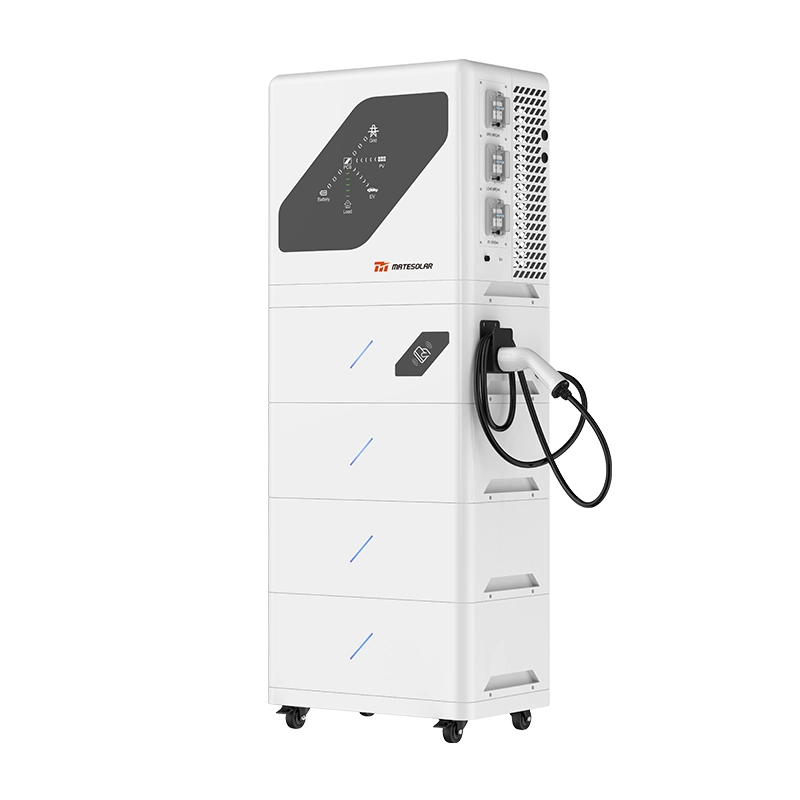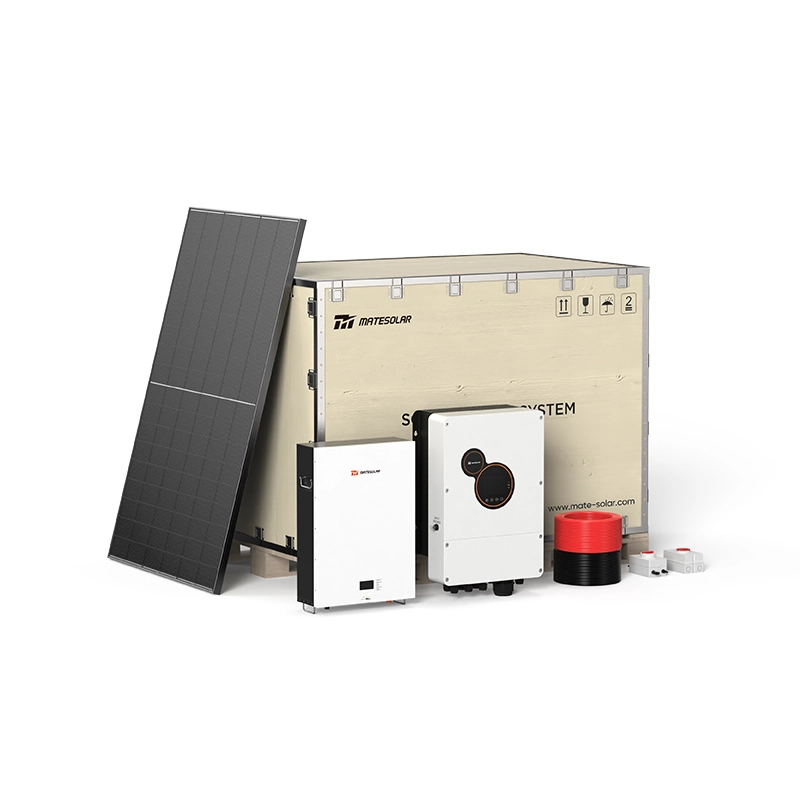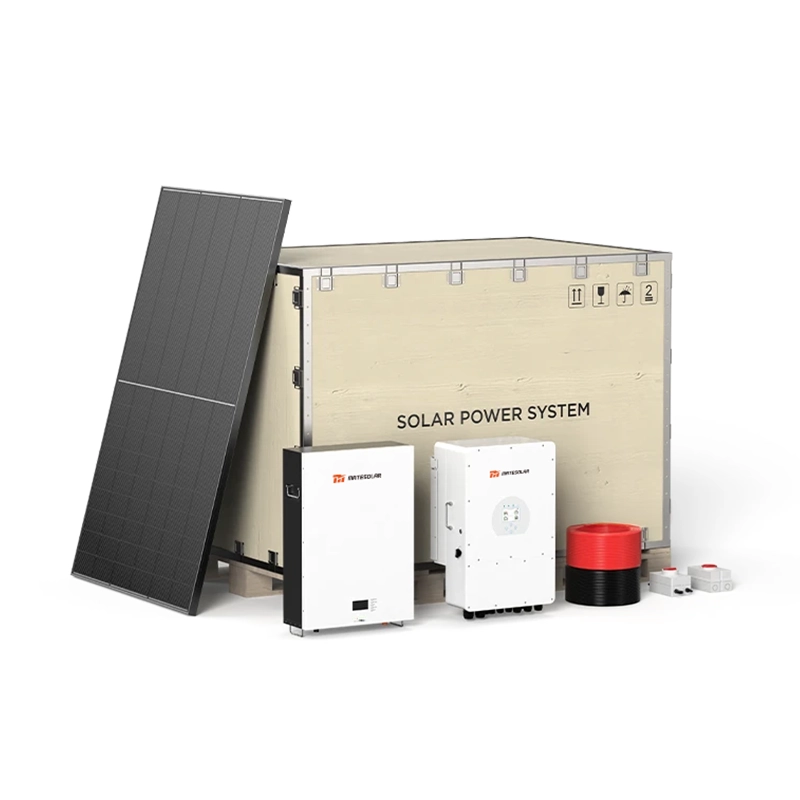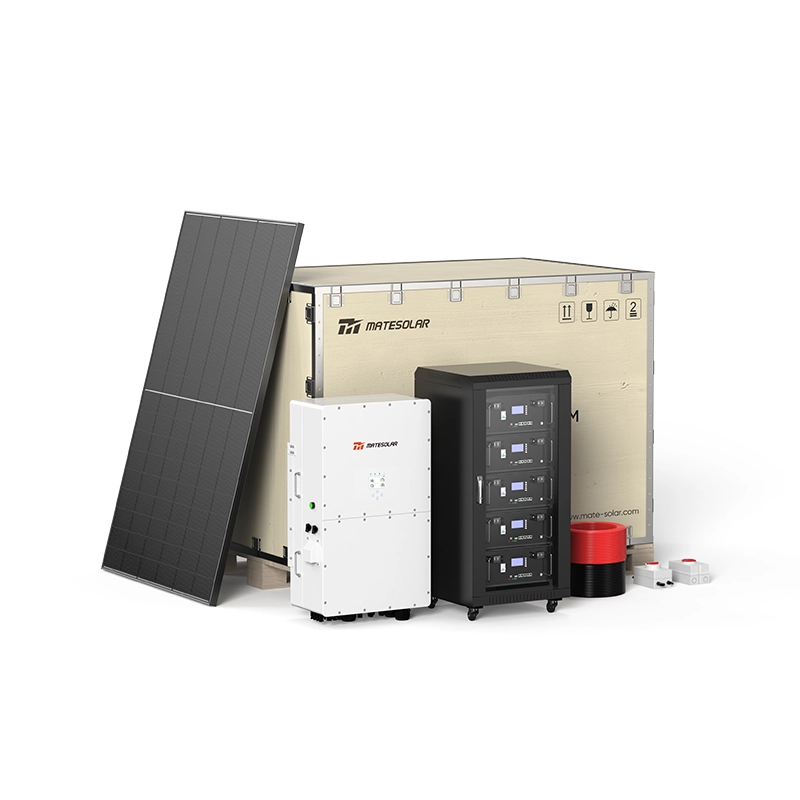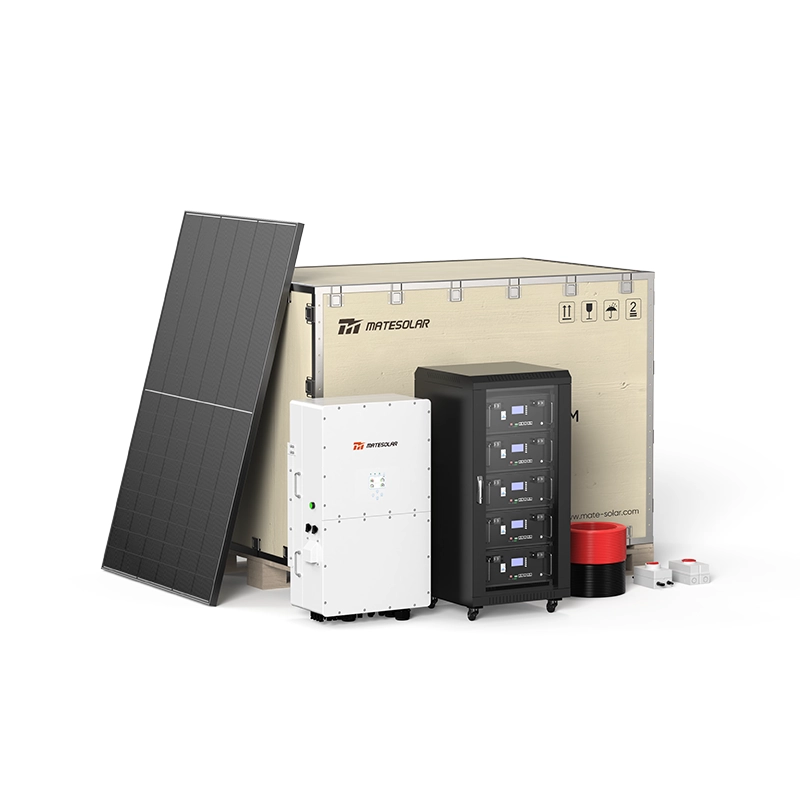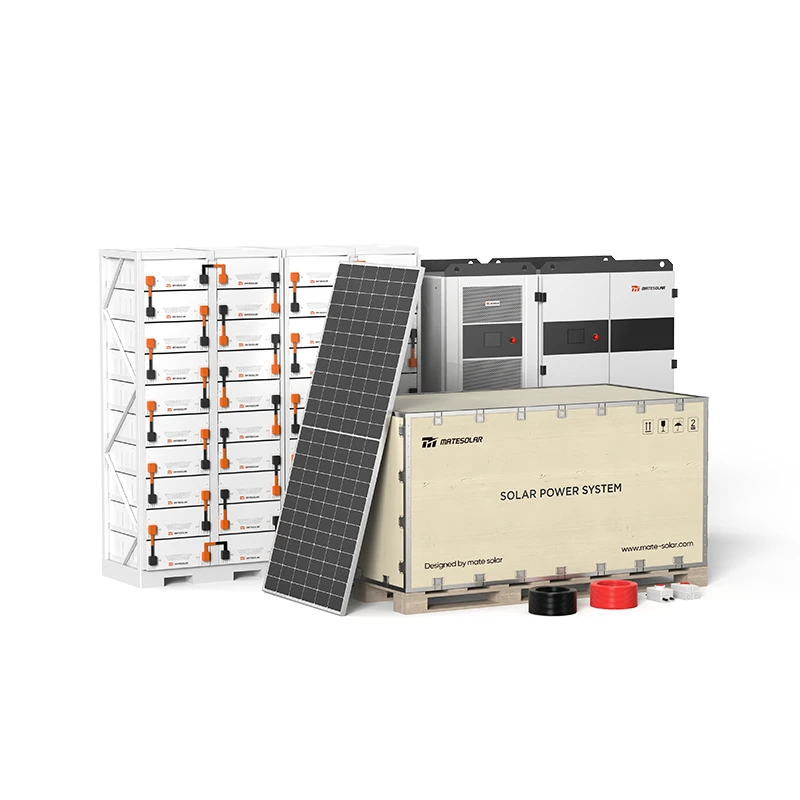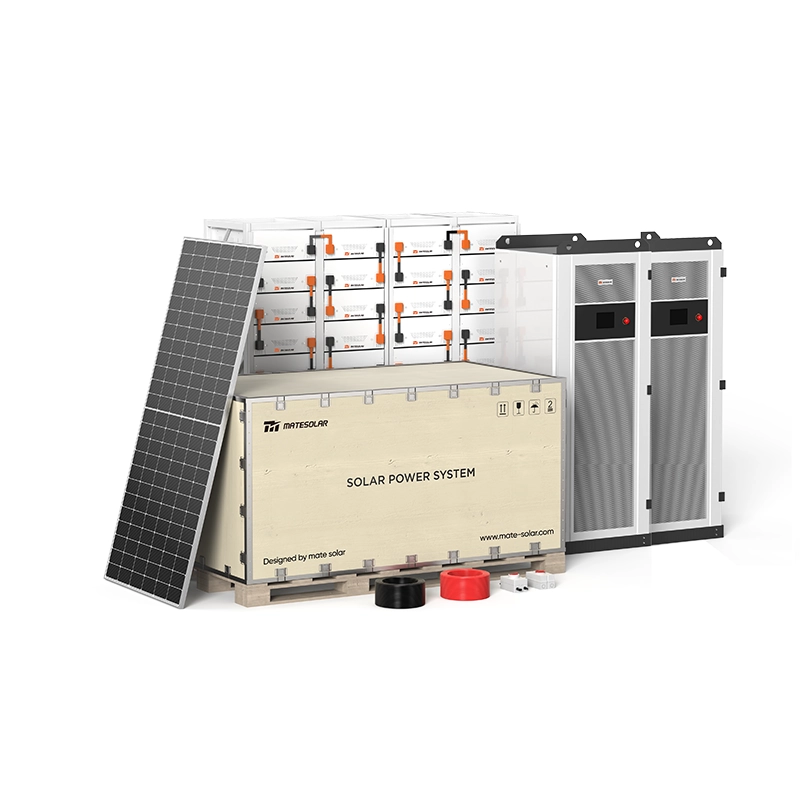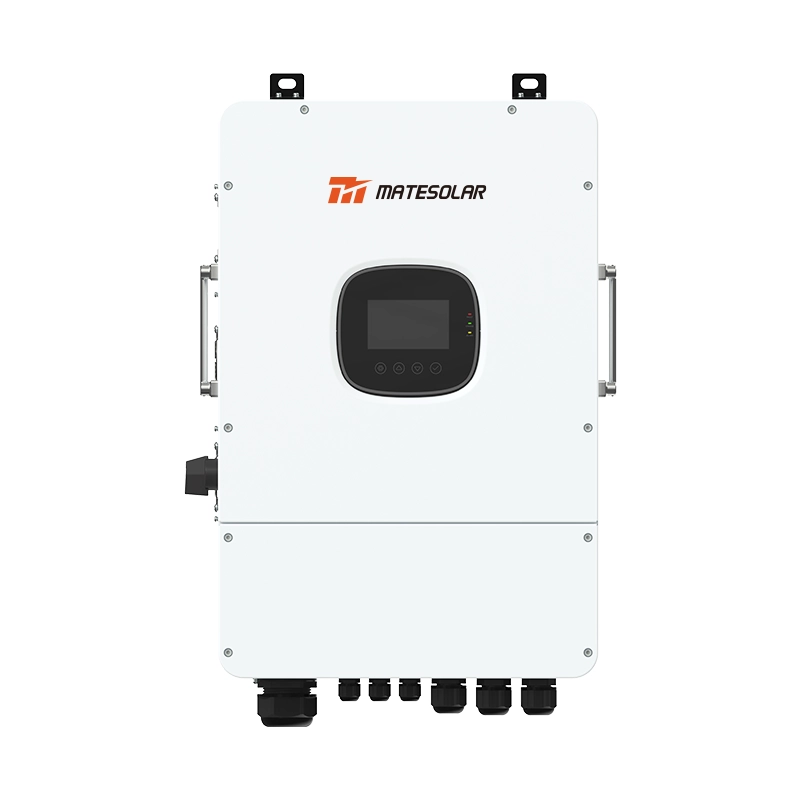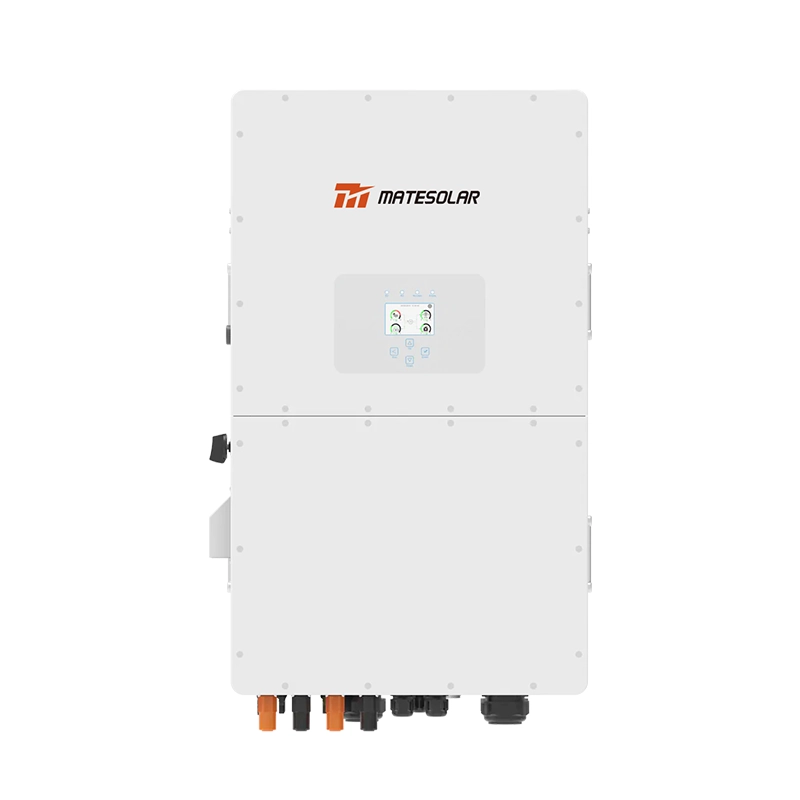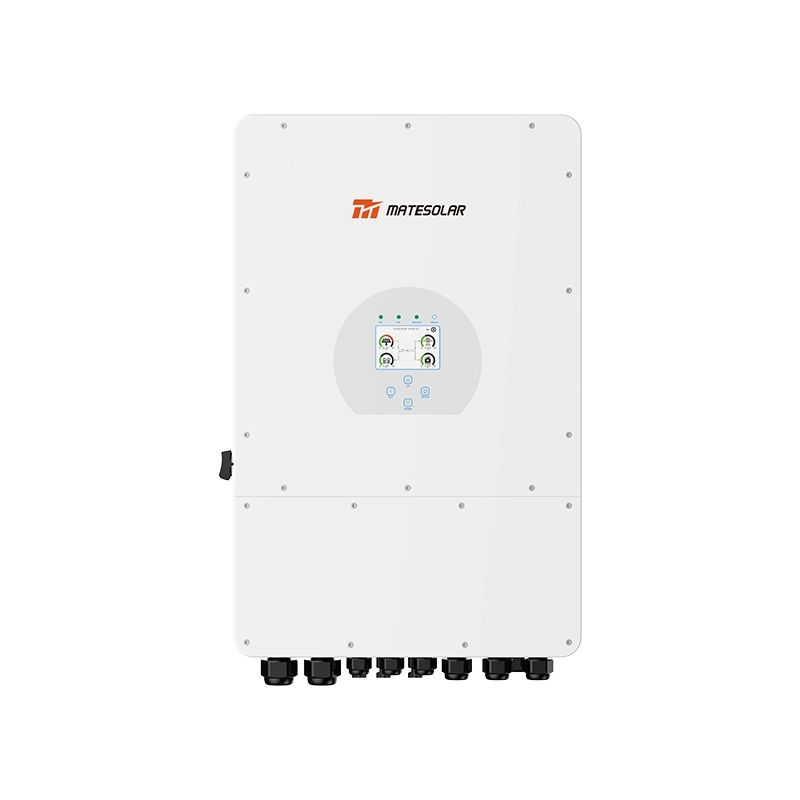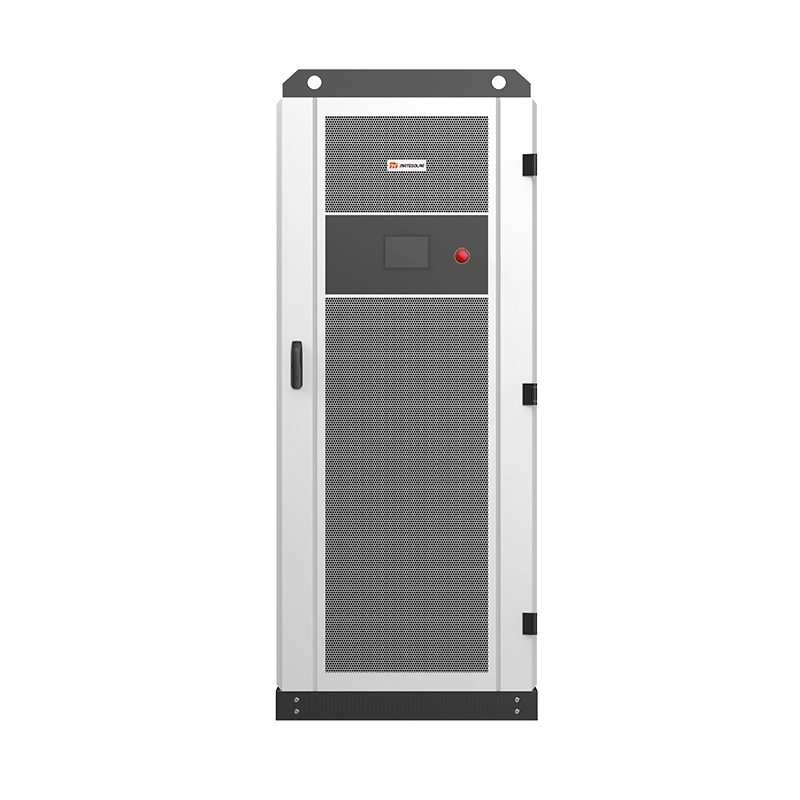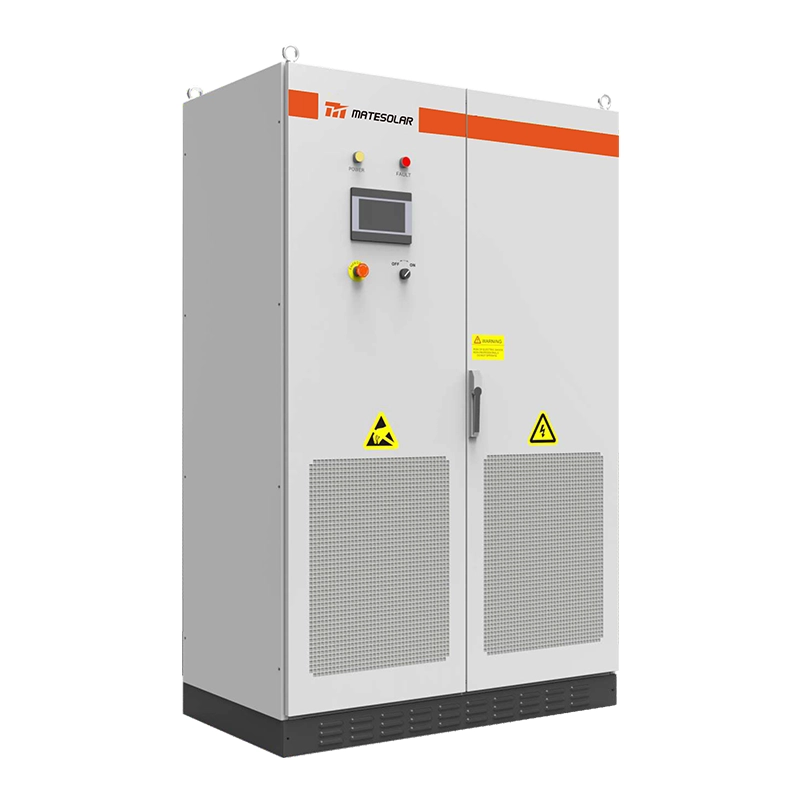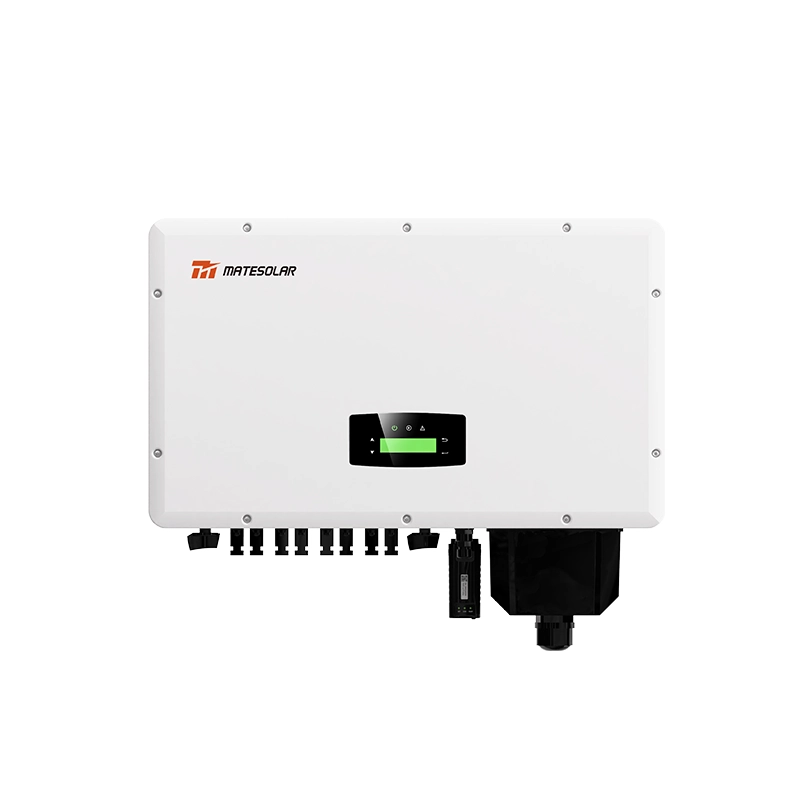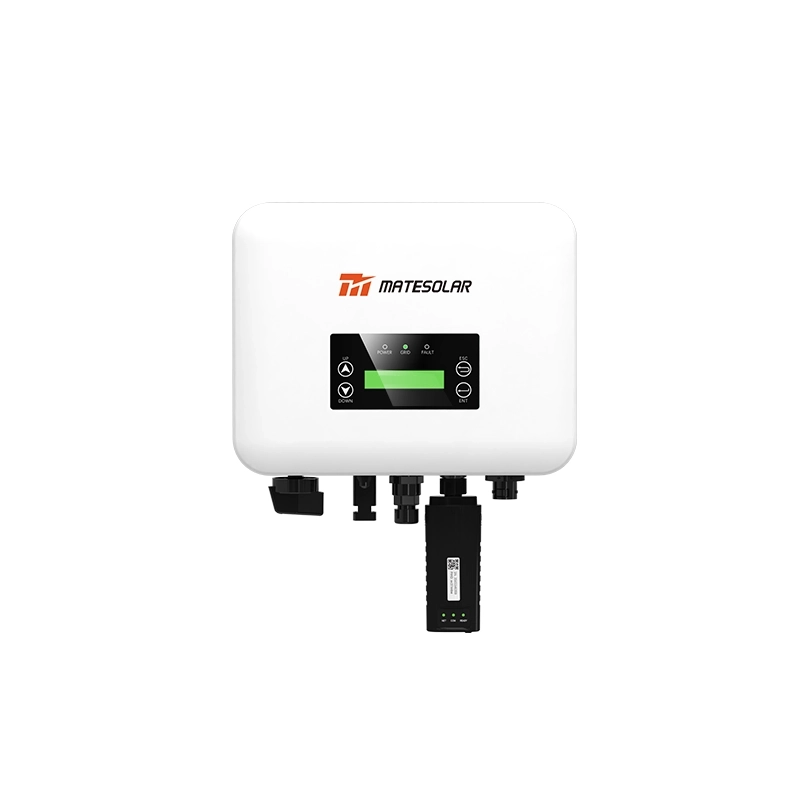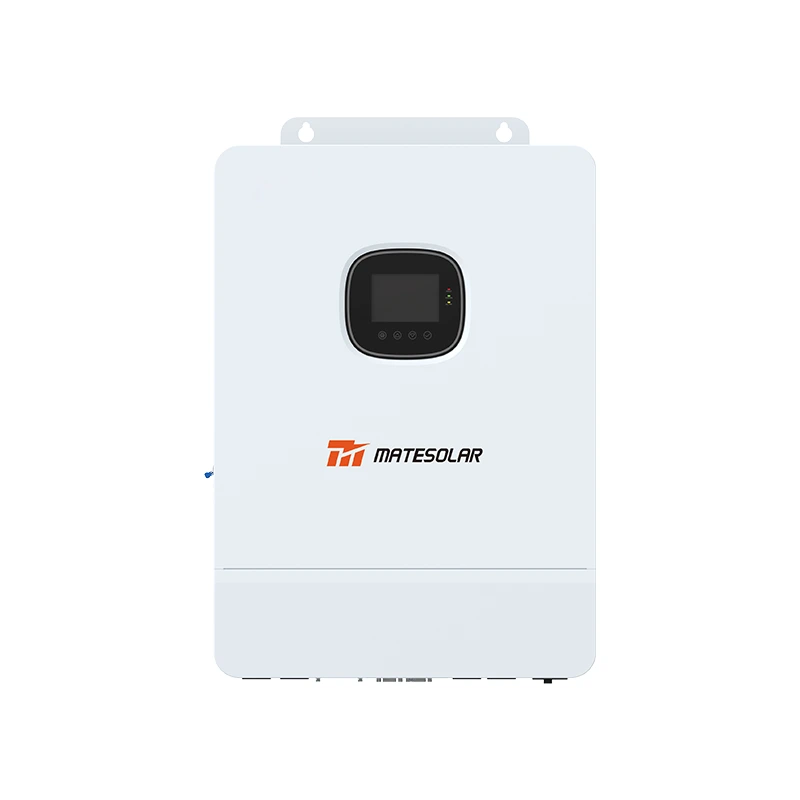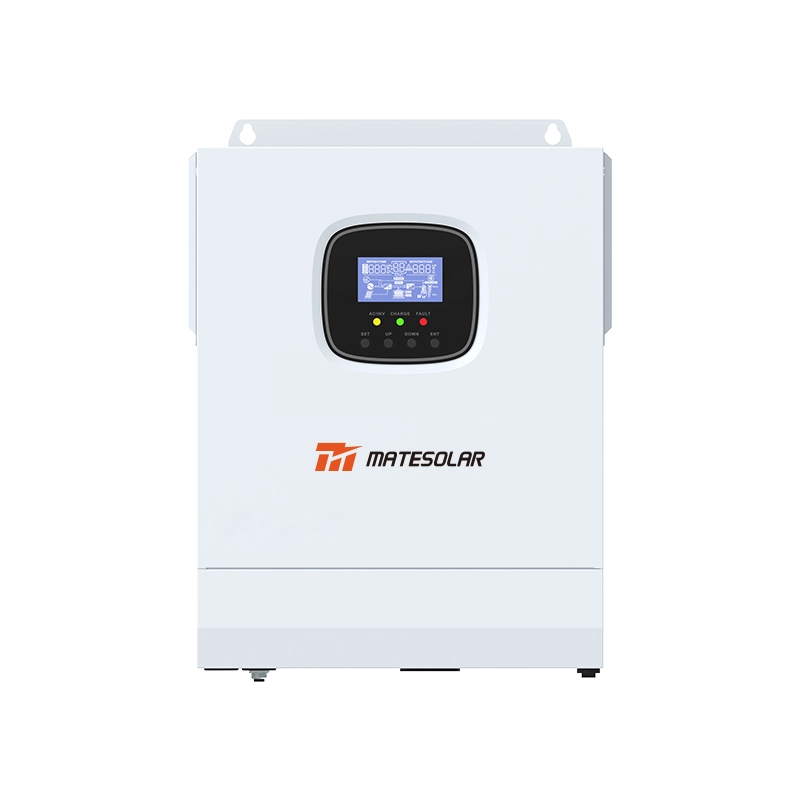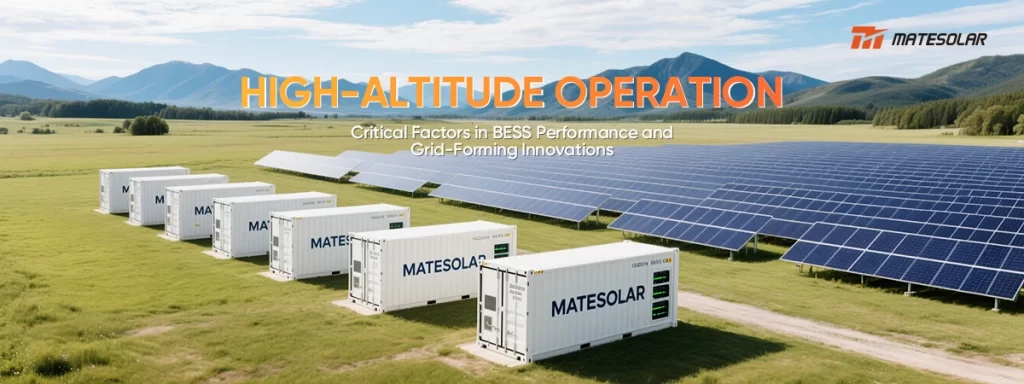
As renewable energy expands into extreme environments—from the Tibetan Plateau to the Andes—Battery Energy Storage Systems (BESS) face unique operational hurdles. Recent research reveals that altitude-induced factors—thin air, thermal stress, and insulation challenges—degrade BESS efficiency by 12-18% at elevations above 3,000 meters47. This technical barrier has stalled projects in resource-rich high-altitude regions, where solar irradiance peaks but grid stability falters.
The Altitude Challenge: Physics, Performance, and Mitigation
1. Thin Air & Thermal Runaway
Low atmospheric density at high altitudes reduces cooling efficiency, increasing thermal runaway risks. Huawei’s tests in Tibet (4,600 meters) validated that liquid cooling maintains cell temperature differentials below 2°C—critical for longevity. Traditional air-cooled systems suffer 30% higher temperature fluctuations, accelerating degradation.
2. Insulation and Voltage Stress
Thinner air lowers dielectric strength, raising arcing risks. Huawei’s BESS employs reinforced insulation and SiC-based inverters to withstand 35 kV/m electric fields at 5,000 meters.
3. Grid Instability in Weak Grids
High-altitude grids often lack rotational inertia. Huawei’s FusionSolar 9.0 uses virtual inertia emulation to provide 450 MW·s inertia equivalence, mimicking traditional generators’ stability
Grid-Forming: The Altitude-Agnostic Solution
Core Innovation
Grid-forming (GFM) technology transitions BESS from grid-following to grid-stabilizing assets. Huawei’s system deploys six capabilities:
- Short-circuit current support (6× rated current for 150 ms)
- Sub-10-minute black start
- Seamless islanding/grid-tie transitions
High-Altitude Case Study: Ali Gêrzê, Tibet (4,600 m)
- Challenge: 30 MW PV farm limited to 1.5 MW output due to weak grid.
- Solution: 6 MW/24 MWh GFM BESS enabled 12 MW stable output.
- Result: 40+ grid supports within 10 days, proving GFM’s high-altitude resilience.
Comparative BESS Performance Metrics: Altitude Impact
Table: High-Altitude Degradation vs. Mitigation Technologies
| Parameter | Conventional BESS (3,000 m) | GFM BESS with Mitigation (3,000 m) | Improvement |
| Energy Density | 78% of sea-level baseline | 95% of sea-level baseline | +17% |
| Cooling Efficiency | 0.8 W/m²·K | 2.5 W/m²·K (liquid cooling) | +212% |
| Cycle Life | 3,500 cycles | 6,000 cycles | +71% |
| Grid Sync Time | >500 ms | <20 ms | 25×faster |
Data synthesized from Huawei Tibet trials and Qinghai wind farm tests.
Technical Q&A: Altitude and BESS Deployment
Q1: How does altitude affect lithium-ion battery chemistry?
High altitude exacerbates electrolyte oxidation at high voltages. Mitigation requires additives like FEC (fluoroethylene carbonate) and voltage caps at 4.1 V/cell.
Q2: Why is GFM critical for high-altitude microgrids?
Weak grids lack frequency stability. GFM provides synthetic inertia via dq-control algorithms, enabling 100% renewable microgrids like Saudi Arabia’s 1.3 GWh Red Sea Project.
Q3: Can air cooling suffice above 3,000 meters?
No. Air density at 4,000 m is 60% of sea level, crippling convection. Liquid cooling with glycol-water mix is mandatory, as validated in Huawei’s -20°C Tibet deployment.
The Path Forward: AI, Safety, and System Integration
AI-Driven Optimization
- Predictive Maintenance: Algorithms forecast cell failures 7 days ahead, reducing downtime by 40%.
- Dynamic Scheduling: Optimize charging against electricity prices, boosting ROI by 10%.
Safety Re-Engineered
Five-layer protection from cell to grid:
- Cell: Thermal runaway detection via gas sensors.
- Pack: “Rock” design with directional venting.
- Rack: Flame-retardant materials.
- System: 0.5-sec fault isolation.
- Grid: Active impedance adaptation.
MateSolar: Powering the High-Altitude Revolution
At MateSolar, we integrate these frontier technologies into unified solutions. Our GFM BESS leverages:
- Altitude-Compensated Cooling: Patented phase-change material (PCM) assists liquid cooling at -40°C to 50°C.
- Grid-Forming Core: 2 ms response to grid faults, with black start <10 minutes.
- AI Energy Agent: Optimizes LCOE via predictive trading and maintenance.
As renewables ascend to new heights, MateSolar delivers the bedrock of stability—proving that even the world’s rooftops need not limit clean energy’s reach.
MateSolar: Integrated Photovoltaic and Storage Solutions for Extreme Environments.





